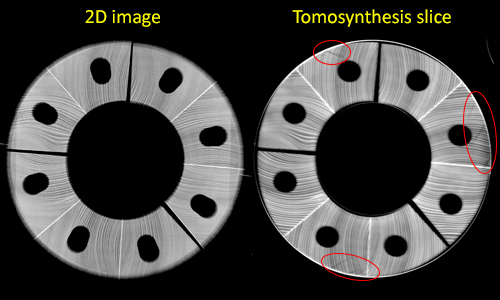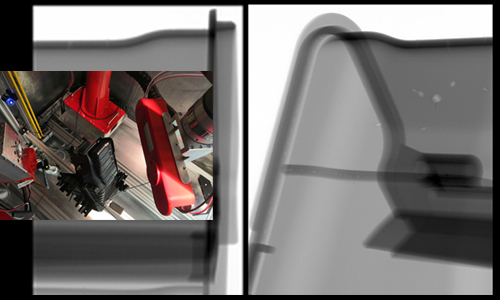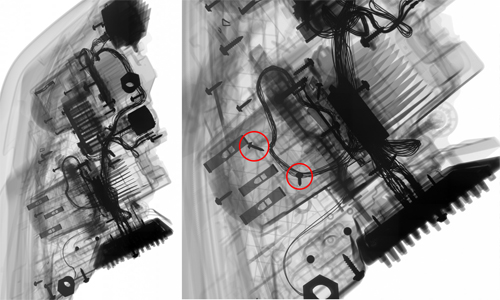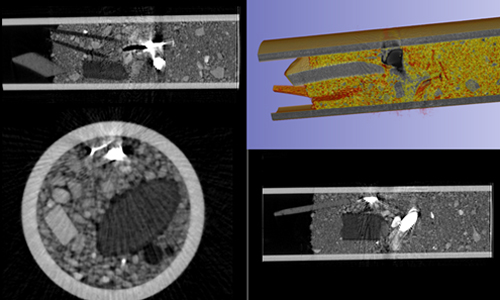Imaging services
Radalytica provides also service using the RadalyX scanner.
DIFFERENT TYPES OF SAMPLES MAY REQUIRE DIFFERENT STRATEGIES OF X-RAY SCANS TO CAPTURE THE REQUIRED INFORMATION. WE OFFER:
*) contact us for larger samples or on-site measurements.
BELLOW ARE EXAMPLES OF X-RAY INSPECTIONS DONE WITH OUR SYSTEM
If you are interested in measurement of some sample, please fulfill the questionnaire bellow and our imaging specialists will contact you back as soon as possible.
-
- Company:
- Contact person (email, phone number):
- Sample description:
-
- Sample material:
- Sample dimensions:
- Number of samples:
- Required inspection:
- Due date:

































